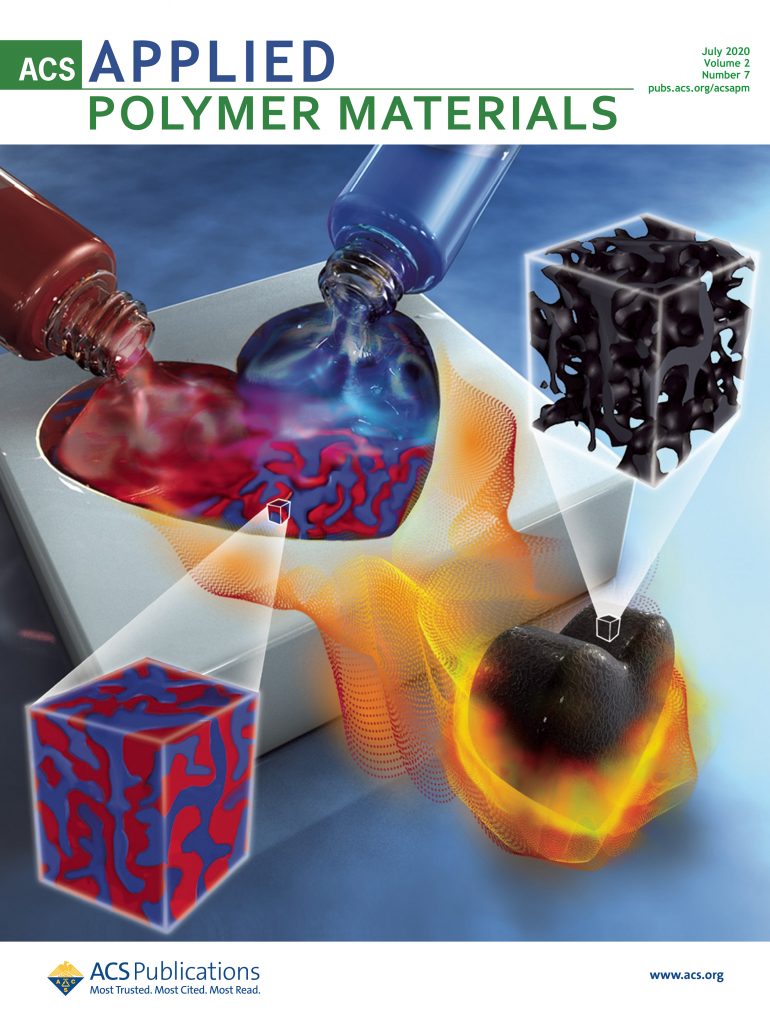E3SM 第 2 版大型集合概述及与其他 E3SM 和 CESM 大型集合的比较
IF 4.7
2区 化学
Q2 MATERIALS SCIENCE, MULTIDISCIPLINARY
引用次数: 0
摘要
摘要这项工作评估了最近在美国能源部能源超大规模地球系统模式(ESM)第2版(ESM2)基础上制作的由21个成员组成的气候模式大集合(LE)。该集合跨越历史时期(1850 年至 2014 年)和 21 世纪(2015 年至 2100 年),采用 SSP370 途径,可对模型的强迫响应进行评估。配套的 500 年工业化前控制模拟用于初始化集合和估计漂移。对 LE 的特征进行了记录,并与最近使用 E3SM 第 1 版(E3SM1)和共同体地球系统模式(CESM)第 1 版和第 2 版制作的其他集合进行了比较。结果发现,与版本 1 相比,版本 2 的 E3SM 和 CESM 模拟漂移更小,模型与观测数据的一致性更高。E3SM2 的不足之处包括缺少 20 世纪中后期的变暖,这可能是由于人为硫酸盐气溶胶的过度冷却影响所致,这一问题在 E3SM1 中也很明显。还发现了对水循环和能量预算的相关影响。在对气溶胶和温室气体的响应方面,有大量模型依赖性的记录,并证明了 E3SM2 对可变的规定生物量燃烧排放的敏感性。研究发现,各种 E3SM2 和 CESM2 模型基准与性能最高的最新一代气候模型相当,从而将 E3SM2 LE 确立为估算气候变异性和响应的重要资源,尽管存在本文讨论的各种注意事项。为了说明 LE 在估计内部变率的潜在影响方面的作用,将观测到的 CERES 时代大气顶部净通量趋势与模拟趋势进行了比较,发现在所有 LE 中,观测到的 CERES 时代大气顶部净通量趋势远大于强迫响应,只有少数 LE 成员表现出与观测到的一样大的趋势,从而激发了进一步的研究。本文章由计算机程序翻译,如有差异,请以英文原文为准。
An overview of the E3SM version 2 large ensemble and comparison to other E3SM and CESM large ensembles
Abstract. This work assesses a recently produced 21-member climate model large ensemble (LE) based on the U.S. Department of Energy's Energy Exascale Earth System Model (E3SM) version 2 (E3SM2). The ensemble spans the historical era (1850 to 2014) and 21st century (2015 to 2100), using the SSP370 pathway, allowing for an evaluation of the model's forced response. A companion 500-year preindustrial control simulation is used to initialize the ensemble and estimate drift. Characteristics of the LE are documented and compared against other recently produced ensembles using the E3SM version 1 (E3SM1) and Community Earth System Model (CESM) versions 1 and 2. Simulation drift is found to be smaller, and model agreement with observations is higher in versions 2 of E3SM and CESM versus their version 1 counterparts. Shortcomings in E3SM2 include a lack of warming from the mid to late 20th century, likely due to excessive cooling influence of anthropogenic sulfate aerosols, an issue also evident in E3SM1. Associated impacts on the water cycle and energy budgets are also identified. Considerable model dependence in the response to both aerosols and greenhouse gases is documented and E3SM2's sensitivity to variable prescribed biomass burning emissions is demonstrated. Various E3SM2 and CESM2 model benchmarks are found to be on par with the highest-performing recent generation of climate models, establishing the E3SM2 LE as an important resource for estimating climate variability and responses, though with various caveats as discussed herein. As an illustration of the usefulness of LEs in estimating the potential influence of internal variability, the observed CERES-era trend in net top-of-atmosphere flux is compared to simulated trends and found to be much larger than the forced response in all LEs, with only a few members exhibiting trends as large as observed, thus motivating further study.
求助全文
通过发布文献求助,成功后即可免费获取论文全文。
去求助
来源期刊

ACS Applied Polymer Materials
Multiple-
CiteScore
7.20
自引率
6.00%
发文量
810
期刊介绍:
ACS Applied Polymer Materials is an interdisciplinary journal publishing original research covering all aspects of engineering, chemistry, physics, and biology relevant to applications of polymers.
The journal is devoted to reports of new and original experimental and theoretical research of an applied nature that integrates fundamental knowledge in the areas of materials, engineering, physics, bioscience, polymer science and chemistry into important polymer applications. The journal is specifically interested in work that addresses relationships among structure, processing, morphology, chemistry, properties, and function as well as work that provide insights into mechanisms critical to the performance of the polymer for applications.
 求助内容:
求助内容: 应助结果提醒方式:
应助结果提醒方式:


